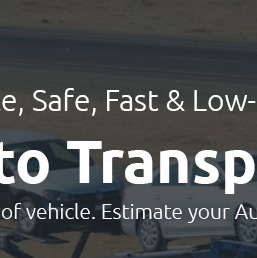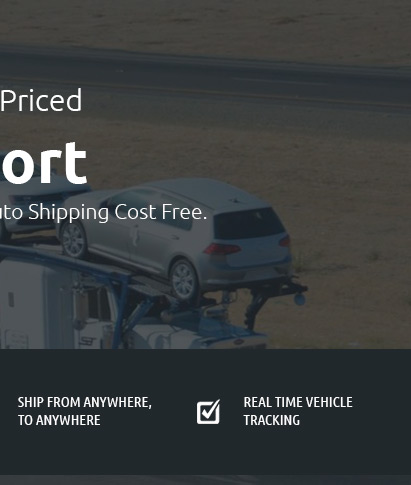 |
|
||||
 |
 |
 |
 |
||
 |
 |
|||||
 |
 |
 |
 |
 |
 |
 |
||
 |
 |
 |
 |
 |
 |
 |
 |
 |
 |
 |
|
 |
Exploring the Intricacies of Auto Transport InterstateWhen it comes to auto transport interstate, there’s a fascinating world that unravels itself, offering a blend of logistical precision and unexpected insights. Transporting a vehicle across state lines might seem like a straightforward task at first glance, but delve a little deeper, and you'll find a myriad of factors influencing this process. First and foremost, it’s essential to understand the basic options available. Typically, one can choose between open transport and enclosed transport. The former is more economical, with vehicles transported on open carriers, exposing them to the elements yet providing a cost-effective solution. On the other hand, enclosed transport offers a layer of protection, ideal for luxury or vintage cars, albeit at a higher price point. Furthermore, the cost of interstate auto transport hinges on several variables, making each situation unique. These include the distance traveled, the type of vehicle, and the specific route. For instance, transporting a car from New York to California is quite different from a journey between Texas and Florida, primarily due to geographical and logistical challenges. One cannot overlook the importance of timing. Seasonal fluctuations can significantly impact availability and pricing. Summer, being a peak moving season, often sees higher demand, which can drive up costs and extend wait times. Conversely, the winter months might offer more competitive pricing but come with their own set of challenges, such as unpredictable weather conditions that could delay transport. Reliability and trustworthiness of the transport company are paramount. It's advisable to conduct thorough research and read customer reviews. Look for companies with a proven track record and proper insurance coverage. This ensures peace of mind, knowing that your vehicle is in capable hands. Additionally, preparing your vehicle for transport is a crucial step. This includes cleaning the car, removing personal items, and documenting any existing damage through photos. Such measures not only protect the vehicle but also serve as essential documentation in the unlikely event of a dispute. Lastly, let's not forget the broader implications of auto transport interstate. It contributes to economic dynamics, enabling seamless relocation for individuals and businesses alike, thus fostering connectivity and growth across states. In conclusion, while auto transport interstate might initially appear daunting, understanding the nuances and options available can transform it into a smooth, efficient experience. By being informed and prepared, one can navigate this process with ease, ensuring that the journey is as seamless as possible.
Auto transport interstate is more than just moving a car from point A to point B; it's about making informed decisions that ensure efficiency and satisfaction. https://www.shiply.com/us/car-shipping?srsltid=AfmBOop6YMDQm-j68P7tbrm95kkbEQYpNF_hXiunN23aV4Qa1KPtZg1s
interstate car delivery which is often the cheapest car shipping. Whilst ... https://www.viceroyautotransport.com/routes.html
Our extensive list of preferred highly rated car shippers are available nationwide with many routes. All of our car carrier direct drivers are fully insured. https://www.roadrunnerautotransport.com/news/2140/how-to-ship-a-car-to-another-state-the-complete-guide-to-interstate-auto-transport
You can ship a car from any state in the US as well as to any US state, and that includes Hawaii and Alaska as well. Interstate vehicle shipping ...
|
